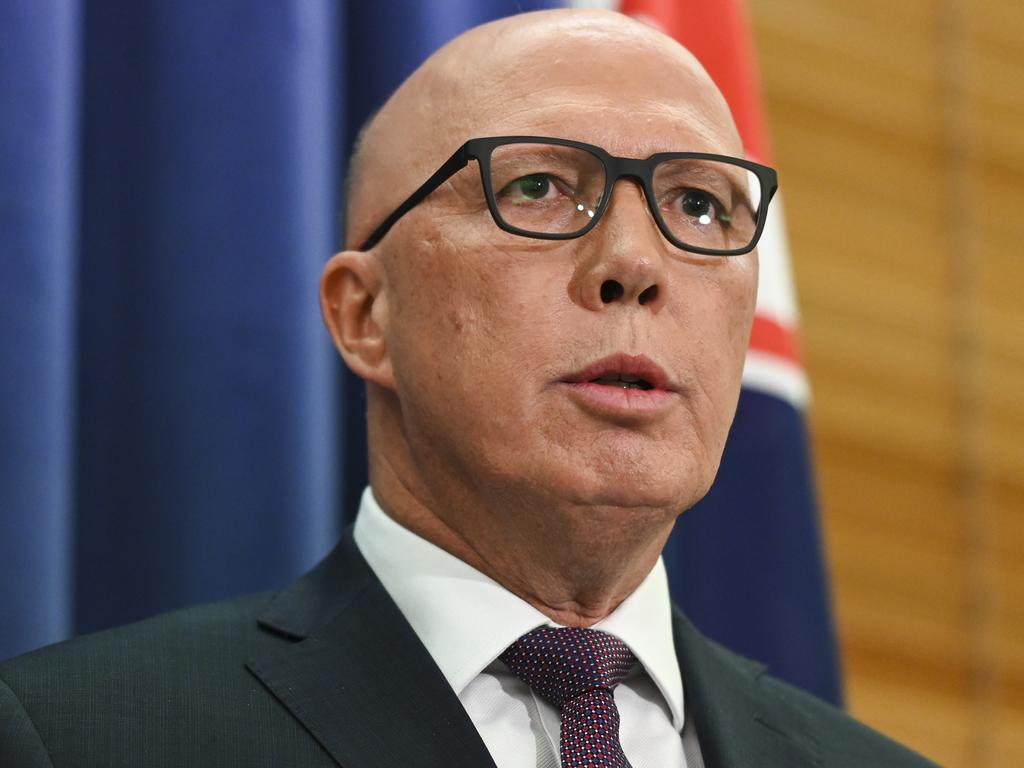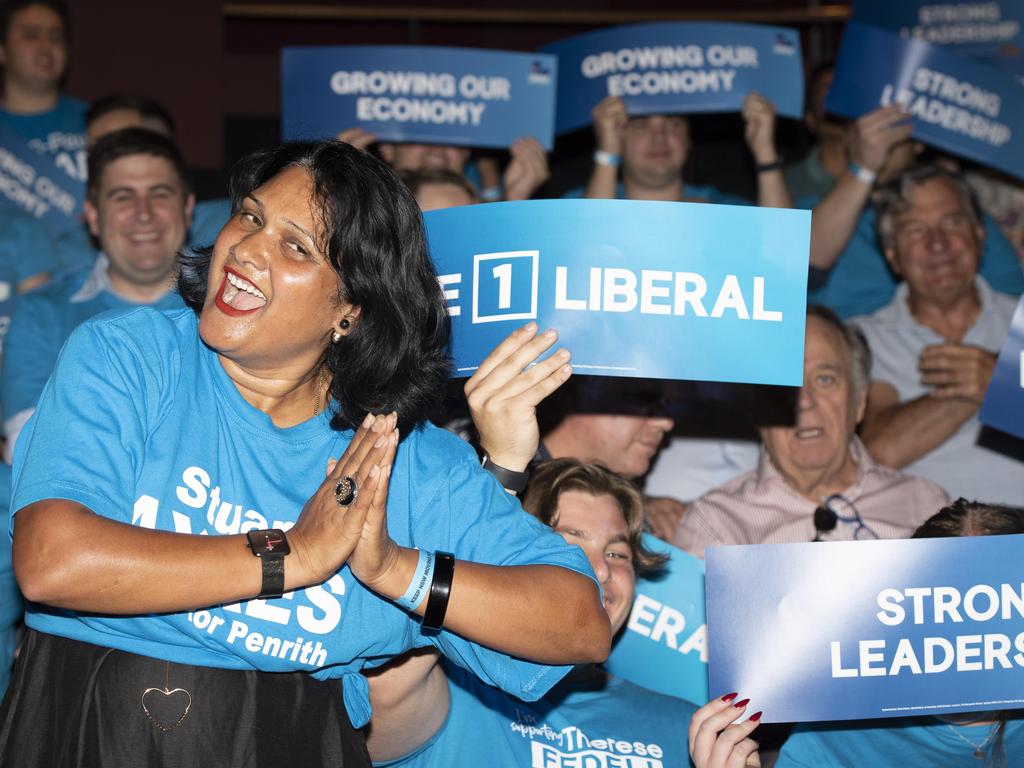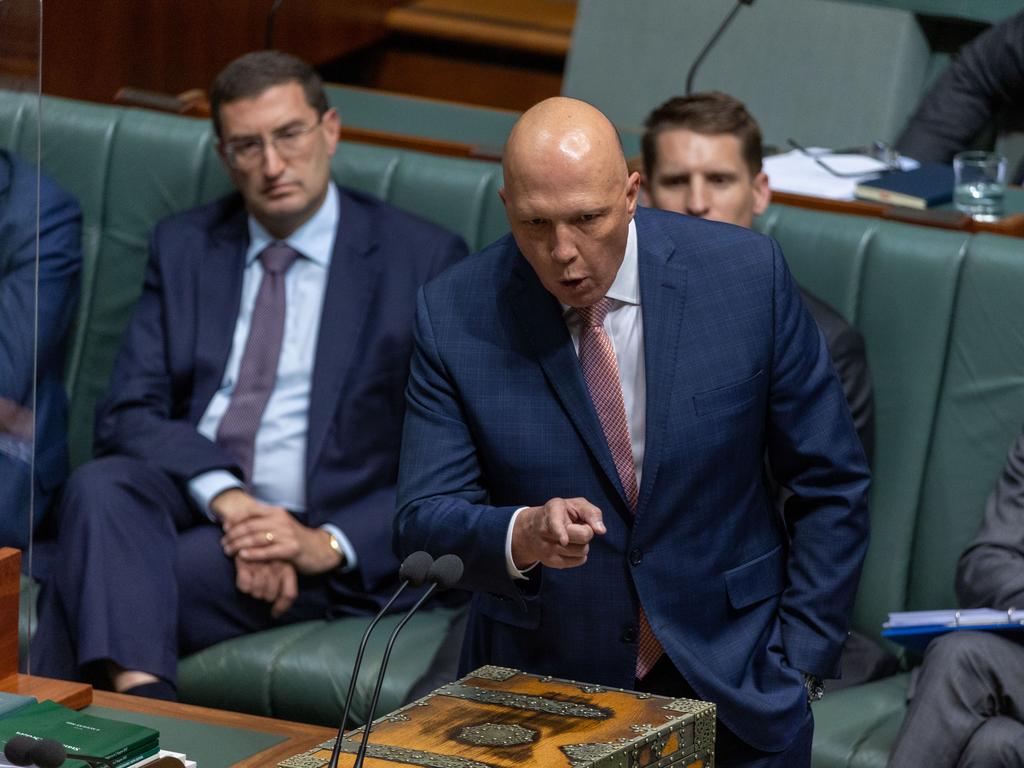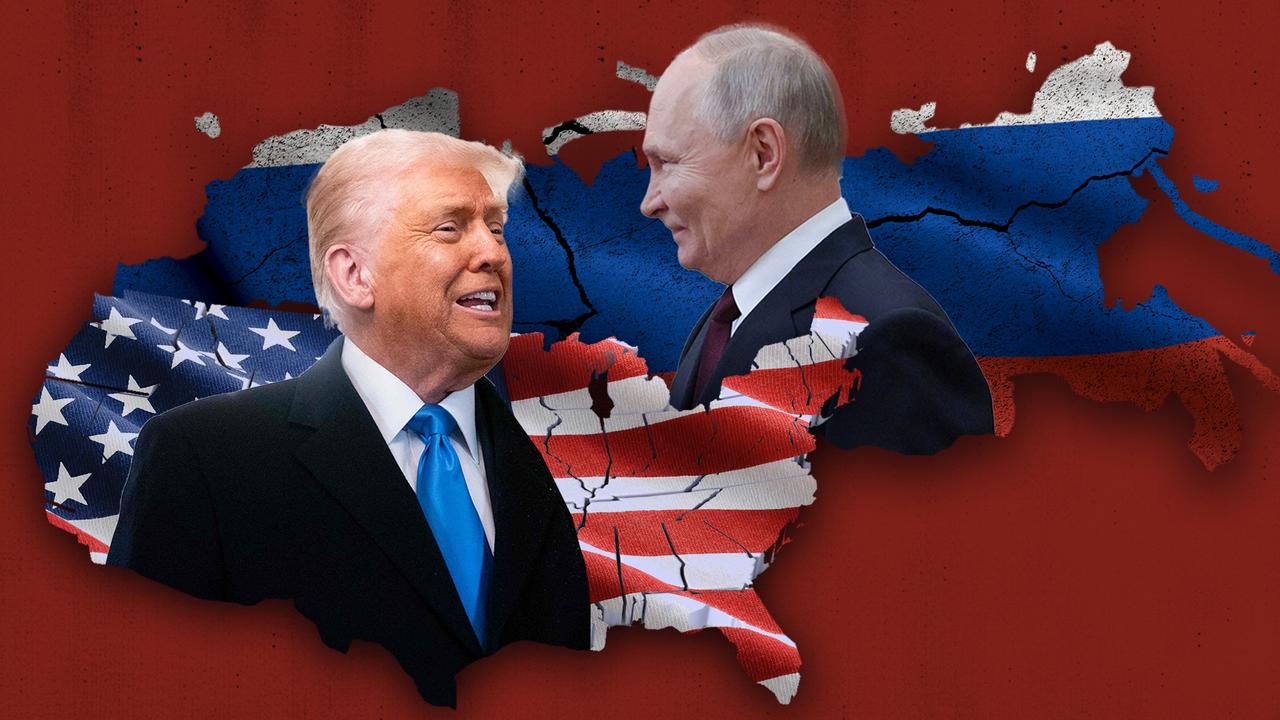Denialism will keep Liberal Party in wilderness
The Liberal Party is not facing an existential crisis, but it will be stuck in the electoral mud unless it confronts its weaknesses.
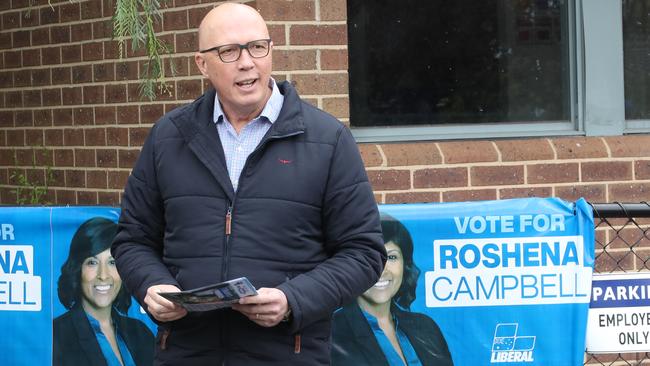
Since the Liberal Party’s loss at the Aston by-election last Saturday, I’ve read and heard plenty of catastrophising that the party faces an existential crisis. Although the present quagmire is certainly a catastrophe in the making for the current generation of Liberals, the long-term viability of the party is not at serious risk.
Predictions of major party demise are common in this country, even though our two-party system is one of the most rigid and robust right across the democratic world. Labor faced such predictions as recently as 2019 after it lost the federal election that year.
The Liberal Party isn’t going anywhere but it also is going nowhere, stuck in the electoral mud, unless it confronts its problems. Those problems are potentially catastrophic for the current generation of Liberals because failure to address them could prolong the party’s wilderness years. Rather than three or six years out of power federally, the conservative side of politics might be in the wilderness for 13 or 16 years, condemned to the wrong side of the Treasury benches for the same length of time Liberals were federally during the Hawke and Keating years (1983-96) and in NSW when Labor governed from 1995 to 2011.
The electoral cycle federally was due for a shift even without Coalition failures. Labor has been out of power at the federal level for 20 of the past 26 years.
Rudyard Kipling, in his poem If, noted the need to “keep your head when all about you are losing theirs”. Peter Dutton is seeking to channel this sentiment, which is wise. But he can’t use it as an excuse to turn a blind eye to problems – because they are substantial and, left unaddressed, they will be debilitating. The risk for Dutton is (fairly or unfairly) he may well personify what needs to change.
Liberals have a women problem, a generational problem, a personnel problem, a broadbased image problem and an organisational structural problem that only add to the difficulty of returning to power quickly in defiance of the natural trend of the electoral cycle.
The first problem the party must face up to is its denial. Too many within its ranks don’t even think it has a real problem, their attitude being that the image problem is merely a consequence of the unnecessary wokeness of others or the unfair criticism it incurs from the commentariat.
While it’s possible the loss in Aston jolts Liberals into meaningful action to fix things, more probably they will justify the result through a prism of denialism.
They don’t have a problem with women because they selected one to contest the seat and still lost. Never mind that the problem goes so much deeper than that: small parliamentary numbers, active disincentives to women joining their ranks, policy scripts that many women can’t abide by.
The real problem, so the denialist narrative goes, was that the preselected candidate for Aston wasn’t from the local area. To be sure, this was also a problem, but not as a replacement excuse for other failures.
If Liberals can overcome their collective denial they need to impose structural reform to reduce the party membership’s capacity to rule the roost.
This may seem foolhardy or simply wrong in an era when Labor seemingly has empowered its membership with a direct say in selecting the parliamentary leader.
But that power is a mirage. Labor has done an excellent job of appearing to hand its similarly narrowcast membership base more power without actually doing so. The Labor machine, not the members, controls the party. Liberals need to do the same so the professional wing of the party can get on with business in what is a professional political environment.
The ever-dwindling (and ageing) membership of the Liberal Party is unrepresentative even of the values and views of rusted-on Liberal voters, much less the wider community of swinging voters who decide elections. In an era of voter dealignment, swinging voters are on the rise. This voting cohort also is getting younger, which is a demographic weak spot for the right of politics.
There are large chunks of the community voting against the Liberal Party rather than for Labor because they see the right of politics as increasingly unrepresentative of their values. This is the challenge for policy thinkers within conservative ranks, but they should see the positive in it. It means Labor’s support is soft. The problem is not unsolvable because conservative parties the world over have already confronted and overcome this challenge – and have done so in non-compulsory voting systems, where it is arguably harder to address the issue than it should be here in Australia.
One of the biggest problems for the right of politics in this country is that its parliamentary ranks are filled with the by-product of the membership’s long-term failures, creating a self-reinforcing barrier to reform. To borrow Paul Keating’s phrase (which he used against minor parties in the Senate), many Liberal MPs are unrepresentative swill. Too many men, not enough women, products of a narrowly cast membership base selecting them.
Perhaps the generational catastrophe is a necessary moment, leading to a voter clean-out by natural selection. But, without reform, the replacements will be the same when the ranks are replenished at subsequent elections as the electoral tide naturally shifts. The problem will remain unaddressed because power has been recaptured (eventually).
Liberals have long relied on community sentiment that they are the better economic managers, believing as tough times set in voters naturally will return to the Coalition. But this may not happen.
The narrative Liberals are better economic managers than Labor formed during the Howard years as tax reform was enacted and national debt was reduced to zero. Labor unwisely didn’t promote its track record of economic reforms in the 1980s, which helped feed the narrative.
Liberals today are kidding themselves if they believe modern voters will mark them according to the Howard legacy.
Debt blew out on the watch of the last Coalition government; it removed its first prime minister (Tony Abbott) when his popularity plunged while trying to address structural debt; and nothing even resembling meaningful economic reform was enacted across the full nine years the Coalition was in power. Tax and federation reform was kicked to the curb.
It is no coincidence Labor kept winning under Bob Hawke and Keating after they took over from the do-nothing Fraser government. There are parallels to today.
Hawke and Keating kept winning elections despite rising interest rates, a subsequent recession and growing national debt. They did so because their party was more professional and voters gave them the benefit of the doubt as the incumbents to manage the situation, partly because the other side was a rabble.
History may be about to repeat itself unless this generation of conservatives meaningfully confront their party’s problems in a bid to be electorally competitive again. If they don’t, they could find themselves out of power for some time. It won’t spell the end of the Liberal Party but it will end careers.
Peter van Onselen is a professor of politics and public policy at the University of Western Australia and Griffith University.


